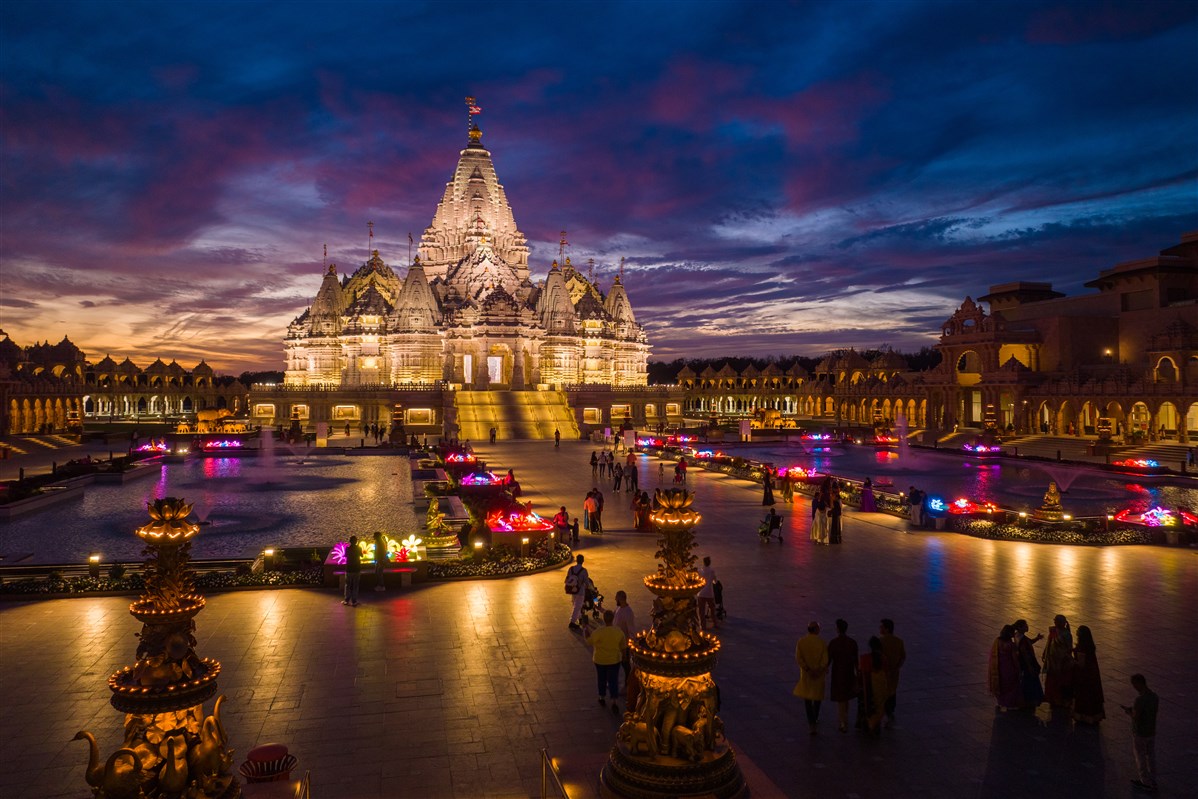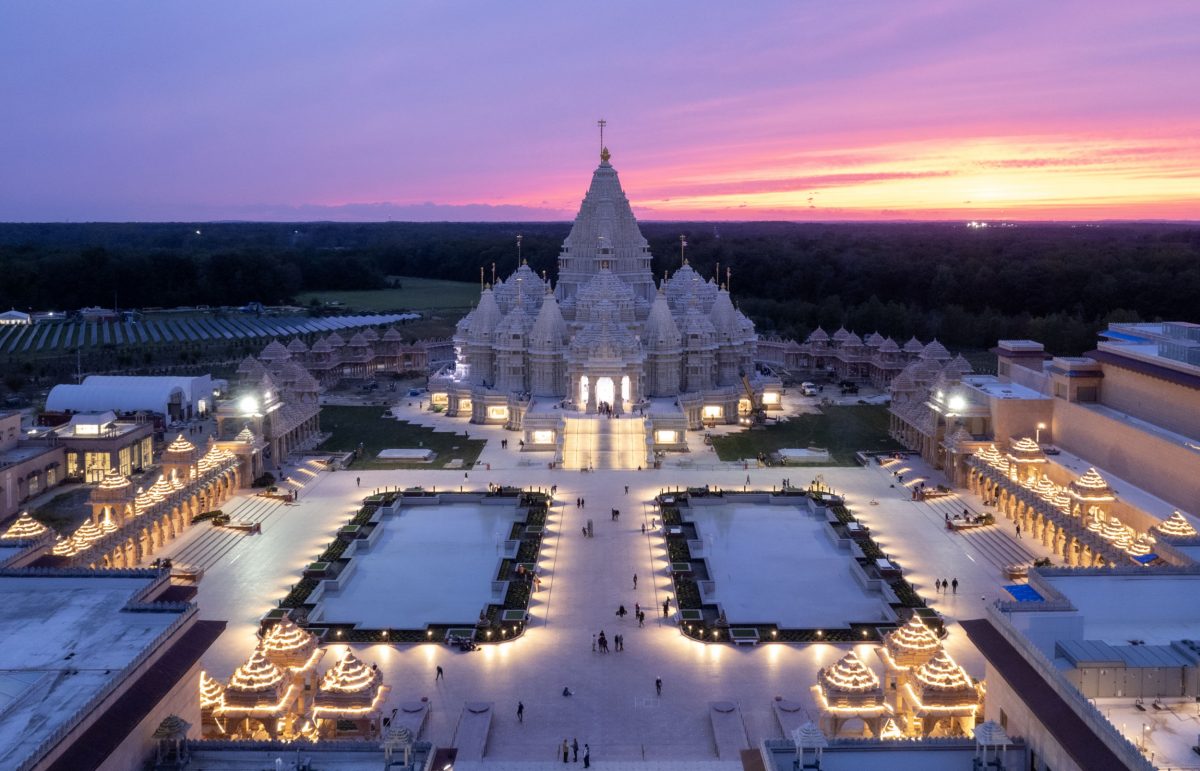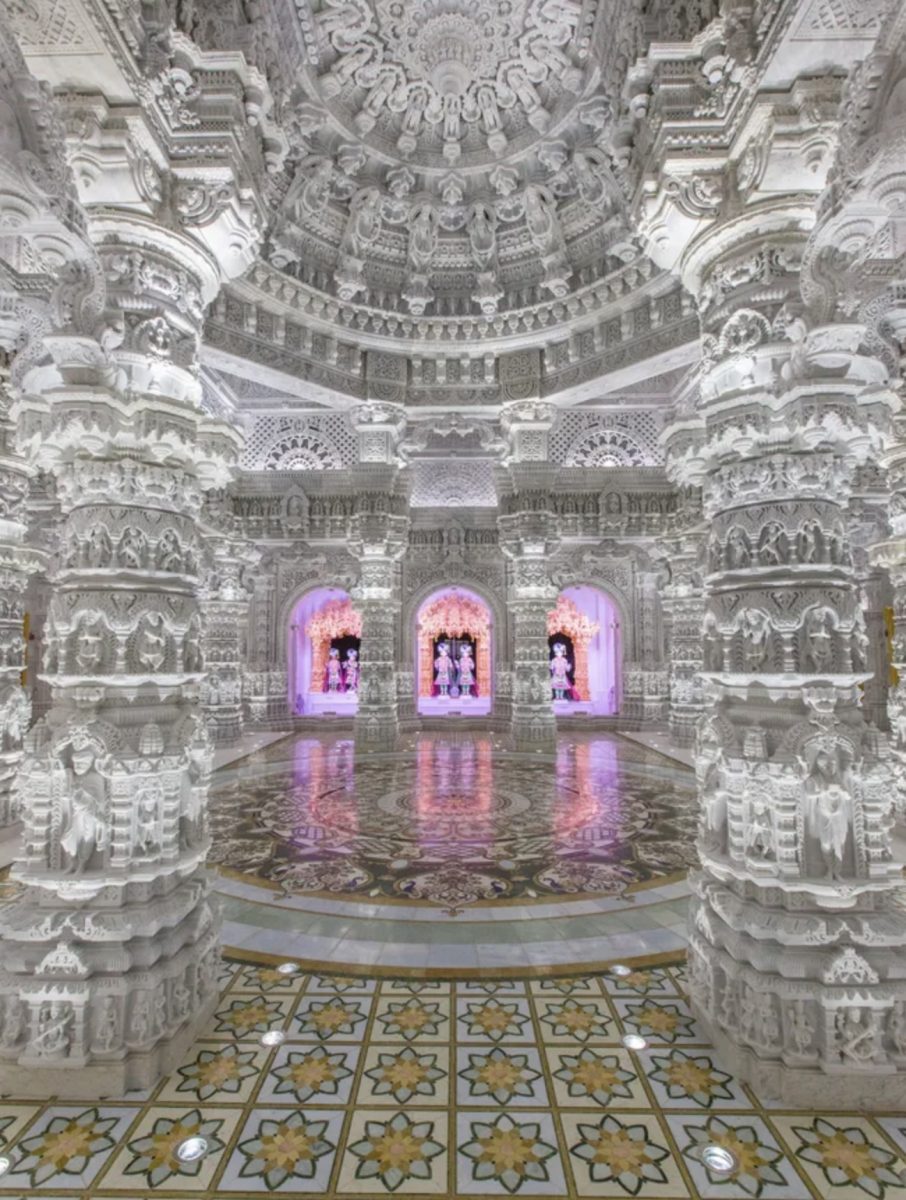One of my more unique camping trips to have monsooned; this is what happens when you plan a camping trip months in advance just to visit a temple arguably worth seeing as a world-class destination.
I was stuck at work all day Friday as Eddie took the initiative to picked up Yuhan at 2pm from their local LIC neighborhood in his SUV. They then drove down to NoHo to collect Mel and Jenny by 3pm, and then headed to the campsite an hour south of Manhattan to get the tents up. Then, after my shift ended at 8pm, I made my way to 34th and 8th near Madison Square Garden where Evie was waiting to pick me up in her car. We then drove down to our campsite by Crystal Lake near Bordentown, NJ.
By10:40pm as we pulled into the campsite, the group was already halfway through dinner. The skewers Eddie had picked up ahead from Flushing were sizzling over the campfire, filling an October air with that unmistakable aroma of meat marinated by the camaraderie of those of us who grew up on them.
What struck me most about camping south of the city instead of our usual upstate haunts was the relative warmth. While our typical Catskills adventures involve layers upon layers, here we were enjoying just a blanket over a t-shirt.
After a late meal punctuated by our exceptional skewer game, we finally crashed around midnight.
A Lazy Morning and Local Honey
What a luxury to get in a full 8 hours of sleep while camping! We woke naturally with the sun, no alarms, no urgency, no plans…you name it.
As we got up one by one, I watched my camp flames dance as we waited for our coffee to percolate the old-fashioned way in my Bialetti Moka Pot. We then moved on to cook bacons and eggs over the campfire. Jenny finally got to try some specially cured bacon she found at the grocery store (along with her Toffee Crunch Oreo).
Around mid-morning, we packed into our cars and headed to Birds & Bees Farm only 3 minutes away. This wasn’t your typical roadside honey stand. The family-owned apiary has bee hives scattered around their property each one buzzing with activity even this late in the season.
We got to learn about varietal honey and how the flavor changes based on what flowers the bees pollinate. For example the New Jersey Wildflower variety was different from their Butterfly Pea, which was entirely different from their Lavender Infused option. Each jar was raw and unpasteurized, containing all the natural pollens, wax, propolis, minerals, and enzymes that get stripped out in commercial honey processing.
Inducing a little bit of prediabetes by sampling nearly all of them, we each grabbed a few jars of different varieties to take home.
Pick Your Own Farm
From the bees it was a 10 minute drive to Specca’s Pick Your Own Farm, a 125-acre operation that’s been family-run since 1958. What makes Specca’s unique is their focus on ethnic crops: over 100 different varieties catering to customers from Africa, the Americas, Asia, the Mediterranean, Eastern Europe, and the Caribbean. Due to the local Turkish communities in the area, many of the signage was in both English and Turkish.
When we arrived, the fields were packed with dozens of international families, all armed with baskets, scissors, and knives, combing through endless rows of vegetables. The farm operates on a simple premise: you pick as much as you want, they weigh it at the scale house when you leave, and you pay by the pound.
There’s something deeply satisfying about harvesting your own dinner. Watching families with young children see where their food comes from, and seeing first-generation immigrants get excited they find vegetables from their home countries reminded me why these kinds of places have value beyond just the transaction of buying produce at a supermarket.
Unlike the more traditional apple or blueberry u-pick operations, Specca’s focuses on a vegetable-oriented adventure. We trekked under the sun through sections growing everything familiar and exotic; crops we recognized and many we’d never heard of. They even grew Bak Choy!
We spent close to 2 hours there, filling bags with vegetables we’d cook that evening as Raubern came in at the end to join us. No time limits, no pressure, just the simple pleasure of being on a working farm on a beautiful autumn afternoon.
BAPS Swaminarayan Akshardham
By 4pm, we loaded our produce back into the cars and drove 20 minutes northeast. This was the entire reason we’d chosen to camp in this direction rather than our usual upstate spots: the BAPS Swaminarayan Akshardham temple in Robbinsville.
I’d read about it when it opened in 2023, but nothing prepares you for the scale of this place in person.

The complex dominates the landscape. At 183 acres, it’s the largest Hindu temple in the Western Hemisphere and the third-largest in the world.

But size alone doesn’t capture it. What makes Akshardham remarkable is that it was built entirely by tens of thousands volunteers as part of seva (selfless service), a practice central to Hindu spirituality. Construction began in 2015 and took eight years to complete.

Although entry is free, you need to reserve a time slot online for weekends and holidays. There’s a strict dress code as well: no sleeveless tops, nothing revealing shoulders, chest, back, or knees, no offensive imagery. They let Evie keep her service dog on the grounds, however, although she had to leave Charly outside when we explored the mandirs.
Haven’t eaten since breakfast, we first headed to the temple cafeteria to satisfy our hunger. And that’s where I ran into Ben from our Haiti & Dominican Republic 2012 monsoon!
He spotted me first by calling my name across the seating area. It’s been 13 years, and here we were, at a Hindu temple in suburban New Jersey, both equally surprised. We caught up quickly; his life, my life, the other monsooners we’d kept in touch with. It was one of those perfect coincidences at a place like BAPS like none other. Monsooners are now everywhere!
After he left with his group and we finished our late lunch, we started at the Welcome Center, a stunning example of Indian Haveli-style architecture built entirely from hand-carved Burmese Teak wood that reminded me of the arrivals hall in Thimphu.
Next came the BAPS Shri Swaminarayan Mandir, a smaller temple on the campus built between 2010 and 2014. Constructed in the traditional Nagaradi style using 68,000 cubic feet of Italian Carrara marble, it stands 87 feet wide, 133 feet long, and 42 feet high. We removed our shoes before entering.
Inside were 13 shrines dedicated to various Hindu deities. The central shrine houses images of Swaminarayan and Gunatitanand Swami, worshipped together as Akshar Purushottam Maharaj. The sacred image of Swaminarayan is 15.5 feet tall, crafted from panchdhatu (an alloy of five metals: gold, silver, copper, zinc, and iron). The throne beneath is adorned with swans and elephants, each detail meticulously carved.

Then we approached the main structure: the Mahamandir.
It’s difficult to describe without getting hyperbolic. The temple uses traditional Indian architectural styles but on a scale that feels almost impossible to achieve here in the States. Every surface is covered in intricate stone carvings with over 10,000 statues and carved images depicting Hindu deities, historical figures, and spiritual teachings. Along the walls are carvings of Martin Luther King Jr., Abraham Lincoln, and other figures who embodied the values of service and spiritual leadership.
The late afternoon sun cast long shadows through the temple’s spires, creating patterns that shifted as we walked. There was something deeply peaceful about being there, even surrounded by hundreds of other visitors. Perhaps it’s the absence of commercialization that you’d expect in India outside each temple: no hawkers, no gift shop pressure, just space to reflect. Literally and figuratively, it’s simply India with nice weather.

Eventually we finished at the temple shop, where we grabbed some snacks and incense for the road.
Farm to Table
We returned to our tents as darkness settled in, the temperature dropping just enough to make the campfire our first priority of the night.
This is where Ronak cracked out her cases of marinated Korean BBQ galbi that she had been keeping cool all weekend. Now, with our picked vegetables from Specca’s, we had the makings of a genuinely farm-to-table meal. And unsurprisingly, the vegetables we’d picked that afternoon simply taste better (aka FRESH) when you’d harvested them yourself just hours earlier. And so we spent the next few hours cooking and eating everything over the fire and portable grills.
By 1am, thoroughly stuffed and slightly smoked out, we packed our leftovers in the coolers and retreated to our tents.
The Cranberry Festival
Another lazy morning. We woke around 9am and took our time with coffee and eating last night’s leftovers, reluctant to pack up and leave. But by the early afternoon, we’d broken camp, dumped out our trash, and headed into Bordentown proper.
The 35th Annual Cranberry Festival was in full swing along Farnsworth Avenue, the main commercial strip transformed into a sprawling street fair. Over 40,000 people were expected across the weekend, drawn by more than 150 vendors selling everything from handcrafted goods to local food.
We wandered through vendor tents, sampling chocolates, nuts, and tea,. Live music spilled from a beer garden. The whole affair had that pleasant vibe of a well-established community event where everyone seems to know everyone, and even if you’re a stranger, you’re welcomed into the chaos.
We grabbed coffee and random snacks and by 4pm, with traffic likely to build, we decided to call it.
The drive back took us through the familiar progression from suburban New Jersey back to the density of the city, arriving home around 6pm. And as I stood in my first shower in days, letting hours of campfire smoke wash off, I reflected on seeing the massive Hindu temple in New Jersey. A family honey farm breeding super queen bees. A pick-your-own operation growing over 100 varieties of ethnic crops. A small-town festival celebrating cranberries and community. Running into Ben after thirteen years.
All in less than 48 hours.
- At time of posting in Robbinsville, it was 24 °C - Humidity: 61% | Wind Speed: 8km/hr | Cloud Cover: sunny and beautiful














